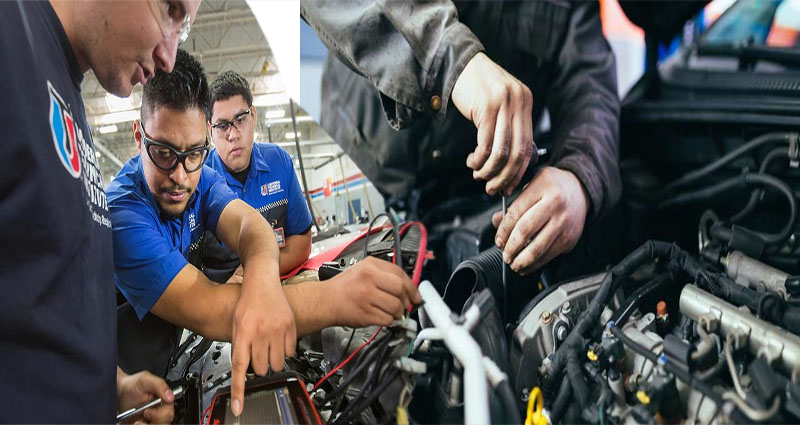4 Types of Engineering Mechanics
There are four main types of engineering mechanics. They include kinematics, dynamics, and free body diagrams. In each of these types, engineers will use the free body diagram to determine all forces acting on the body at rest. These forces are then broken down into vectors in a useful coordinate system and summed in sets parallel to the basis vectors. These sets are then set to zero to meet a static constraint. This equation can then be solved using simple algebra and linear algebra techniques.
Free body diagrams
Free body diagrams are a useful tool in engineering mechanics. They are used to investigate structures and determine unknown forces. They can be drawn using the steps below. A free body diagram displays all forces acting on a body as vectors, and all weight is represented as a vector. The forces are then separated into x and y components. Once the force … READ MORE ...







